43 items found: Search results for "test automation" in all categories x


April 5, 2016 | Software Consultancy
This post is part of a series which introduce key concepts in successful test automation. Each post contains sample code using the test-automation-quickstart project, a sample Java test automation framework available from Github.


March 29, 2016 | Software Consultancy
Acceptance test suites generally are used for UI and API testing, and we have covered both these approaches in our Test Automation Quickstart project. However, an application may, for example, send registration or expiration warning emails. Often, tests related to this are left to manual testing, instead of putting them into an automated test suite.
However, there’s no need to check emails manually: it suffers from all the same problems as other manual testing. It’s slow, expensive, and inconsistent. There are many libraries available to interact with email through code – this post will focus on how to use them within an automated test suite.


March 14, 2016 | Software Consultancy
Test automation provides fast feedback on regressions. In order to achieve this tests need to execute quickly, something which becomes more of a problem as test suites grow. This is especially true of tests which exercise a user interface where the interaction with the system is slower.
A good way to address this is to have your tests execute in parallel rather than consecutively. Given sufficient resources this allows your execution time to remain low almost indefinitely as more scenarios are added to the suite.


November 21, 2014 | White Paper
In our latest white paper we cover the high level fundamentals of test automation, discuss the primary problems test automation solves and take a look at the steps required to implement this within your development process – all aimed at improving software delivery.


November 4, 2014 | Software Consultancy
When starting a project, teams often spend their time re-inventing the ‘automated testing wheel’. While every project has it’s own challenges and every team it’s own needs, many things exist as common requirements of a flexible test automation framework.
This post introduces an effective Java test framework that can be used to quickly get started with test automation on a Java project.




September 19, 2013 | Software Consultancy
This post will give an overview of mobile testing using Appium. We will integrate tests for a native Android application into an existing Cucumber-JVM based set of acceptance tests and demonstrate multi platform testing from a single set of BDD scenarios. The sample code for this can be found here.

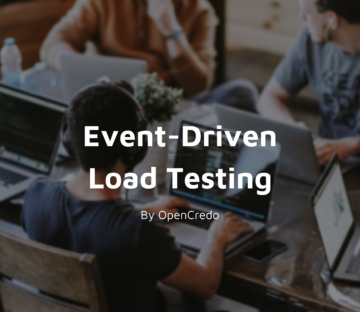
October 12, 2023 | Blog, Platform Engineering
Check out our latest blog “Event Driven Load Testing” which explores how, through some smart automation techniques, testing strategies can be adapted to support scale-up organisations where there are potentially many disparate teams needing to work together.
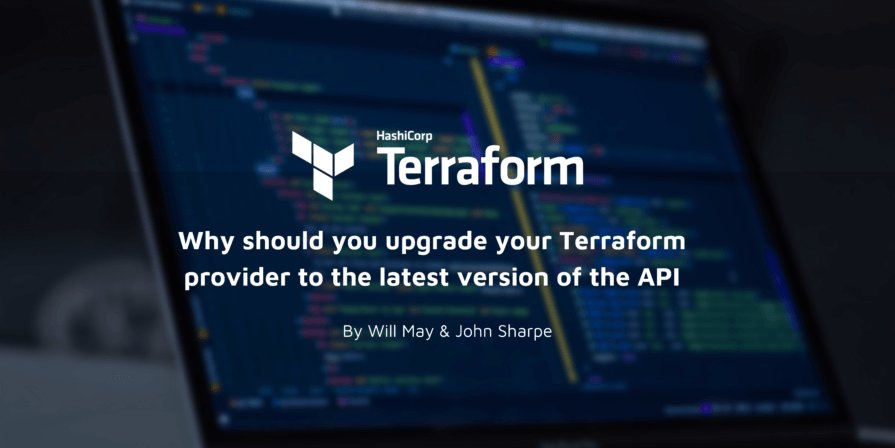
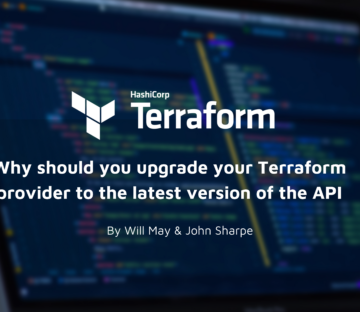
August 17, 2023 | Blog, Terraform Provider
Check out John Sharpe and Will May’s latest blog where they give suggestions for Terraform Provider authors who are thinking about upgrading from SDKv2 to Framework

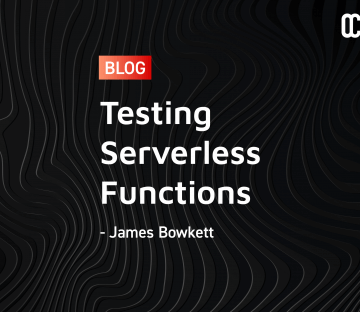
February 11, 2022 | AWS, Cloud, GCP, Kubernetes, Microservices, Open Source, Software Consultancy
Serverless functions are easy to install and upload, but we can’t ignore the basics. This article looks at different strategies related to testing serverless functions.

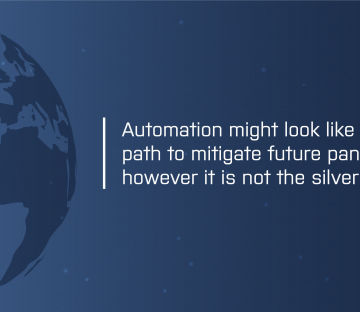
At the time of this post, the UK is making steps to exit from an unprecedented lockdown measures for the Coronavirus. Much of the UK workforce are still making efforts to work-from-home with mainly key workers operating – at risk – in public. Many industries have shut down completely. Consequently, many businesses are reflecting on what happens next and how do we better mitigate future pandemic events?


May 31, 2018 | DevOps
As traditional operations has embraced the concept of code, it has benefited from ideas already prevalent in developer circles such as version control. Version control brings the benefit that not only can you see what the infrastructure was, but you can also get reviews of changes by your peers before the change is made live; known to most developers as Pull Request (PR) reviews.


March 23, 2017 | Data Engineering, Machine Learning
On previous blog posts we have provided examples of different types of acceptance tests coverage, UI, API and Performance. One area where automation is often lacking is around validating the security of the application under test. This has been discussed in the post on non functional testing You Are Ignoring Non-functional Testing. With this post we will enhance the automation framework to quickly check for some common security flaws.


November 23, 2015 | Software Consultancy
Over a year ago, my colleague Tristan posted on the OpenCredo blog about a test automation quick start framework. It’s a prepackaged framework you can clone and get going with testing instantly, rather than wasting your time rebuilding your framework every single project. We have used this framework successfully used on many of our internal projects, and it relies upon a Java, Cucumber-JVM and Selenium stack.


July 2, 2013 | Software Consultancy
This blog post will address the issue of slow test runs when using Cucumber JVM with web automation tools such as WebDriver to perform acceptance testing on a web application.
If your team is using continuous integration this becomes especially noticeable, forcing teams to either wait for acceptance tests to complete before deploying or having to ignore the bulk of the tests.
The sample code and description in this post will show you how to convert your suite to running tests in parallel, something which has historically been problematic with unanswered questions and outstanding Cucumber-JVM bugs on the subject. Tying the described approach in with Selenium Grid2 will allow you distribute your testing across several machines if your suite is especially large or slow.


February 3, 2012 | Software Consultancy


January 28, 2014 | Software Consultancy
A while ago I published this blog post about writing tests for mobile applications using Appium and cucumber-jvm.
In this post, I will look at an alternative approach to testing an Android native application using Cucumber-Android.
Throughout the post I will draw comparisons between Appium and Cucumber-Android, the goal being to determine the best approach for testing an android application using Cucumber. I will focus on the ease of configuration and use, speed of test runs and quality of reporting.
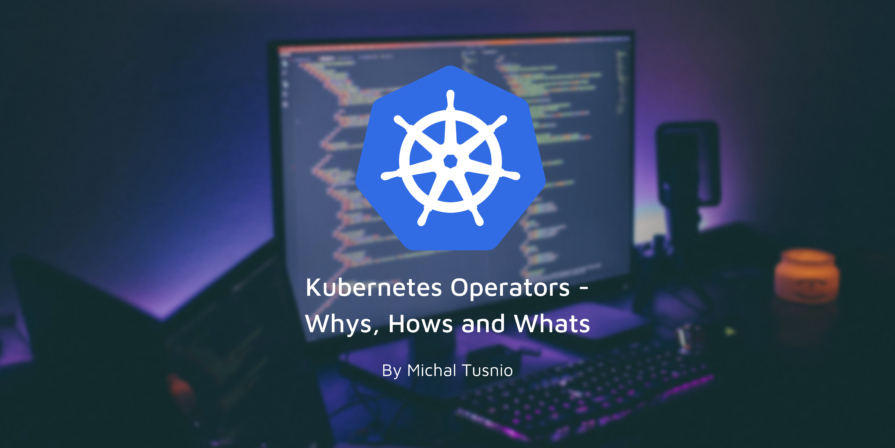
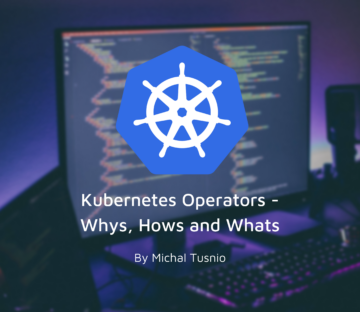
September 27, 2023 | Blog, Kubernetes
Learn to create your first Kubernetes operator by checking out our Senior Consultant Michal Tusnio’s latest blog, “Kubernetes Operators – Whys, Hows and Whats” where he takes you on a journey from zero to operator.

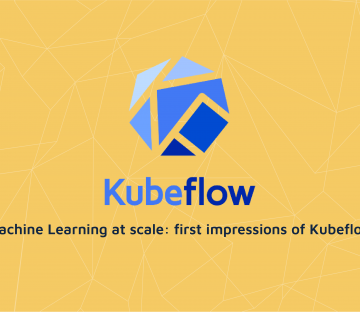
April 20, 2021 | Data Engineering, Machine Learning, Software Consultancy
Our recent client was a Fintech who had ambitions to build a Machine Learning platform for real-time decision making. The client had significant Kubernetes proficiency, ran on the cloud, and had a strong preference for using free, open-source software over cloud-native offerings that come with lock-in. Several components were spiked with success (feature preparation with Apache Beam and Seldon for model serving performed particularly strongly). Kubeflow was one of the next technologies on our list of spikes, showing significant promise at the research stage and seemingly a good match for our client’s priorities and skills.
That platform slipped down the client’s priority list before completing the research for Kubeflow, so I wanted to see how that project might have turned out. Would Kubeflow have made the cut?


September 12, 2019 | Cloud Native, Microservices, Software Consultancy
As a technology leader, you’ll be aware that competitive pressures and shifting business requirements are driving changes in the technical architectures of many organisations. This means you need a new strategic approach based on the ability to continually evolve elements of your systems and architectures.


July 31, 2018 | Machine Learning
Machine Learning, alongside a mature Data Science, will help to bring IT and business closer together. By leveraging data for actionable insights, IT will increasingly drive business value. Agile and DevOps practices enable the continuous delivery of business value through productionised machine learning models and software delivery.


April 18, 2018 | Microservices
Quite a few of the anti-patterns we observe today on microservices projects are strongly related to how people approach the problem. Given their nature, these anti-patterns tend to be deeply ingrained and self-sustaining. Addressing them starts with increased awareness and by changing ways of approaching the problem, rather than by the introduction of yet another technical tool or framework.


February 6, 2018 | Cloud
Among the many announcements made at Re:Invent 2017 was the release of AWS Privatelink for Customer and Partner services. We believe that the opportunity signalled by this modest announcement may have an impact far broader than first impressions suggest.


August 9, 2017 | Cloud, DevOps, Terraform Provider
The recent 0.10.0 release of HashiCorp Terraform, saw a significant change to the way Providers are managed. Specifically, the single open source code repository for Terraform has been divided into core and multiple provider repositories.


August 26, 2016 | Kubernetes
This post is the first of a series of three tutorial articles introducing a sample, tutorial project, demonstrating how to provision Kubernetes on AWS from scratch, using Terraform and Ansible.


July 3, 2016 | DevOps
Several of us from the OpenCredo team were in attendance at the inaugural EU edition of the DevOps Enterprise Summit conference. We have been big fans of the two previous US versions, and have watched the video recordings of talks (2014, 2015) with keen interest as many of our DevOps transformation clients are very much operating in the ‘enterprise’ space.


March 7, 2016 | DevOps
Businesses exist to make money; their purpose isn’t just to generate revenue, but to create profits, now and in the future. Generating profits means delivering products or services that people want to buy. The creation of what people want is the entire purpose of delivery pipelines. (NB: The rest of this article will use ‘product’ to refer to both products and services.)


March 2, 2016 | DevOps, Microservices
Many of our clients are currently implementing applications using a ‘microservice’-based architecture. Increasingly we are hearing from organisations that are part way through a migration to microservices, and they want our help with validating and improving their current solution. These ‘microservices checkup’ projects have revealed some interesting patterns, and because we have experience of working in a wide-range of industries (and also have ‘fresh eyes’ when looking at a project), we are often able to work alongside teams to make significant improvements and create a strategic roadmap for future improvements.


December 16, 2015 | Cloud, DevOps
In the rush to embrace DevOps, many organisations seek out tools to help them achieve DevOps nirvana; the magical tools that will unify Development and Operations, stop the infighting, and ensure collaboration. This search for tools to solve problems exists in many domains, but seems particularly prevalent in IT (it may be real, or a reflection of my exposure to IT). The temptation to embrace new tools as a panacea is high, because the problems in IT seem so pervasive and persistent.




November 4, 2015 | Software Consultancy
Writing reusable roles for Ansible is not an easy task but one that’s worth doing. This post should walk you through the basics of writing reusable roles with dependencies backed by public and private git repositories.


October 18, 2015 | Cloud, DevOps
Last week Steve Poole and I were once again back at the always informative JAX London conference talking about DevOps and the Cloud. This presentation built upon our previous DevOps talk that was presented last year, and focused on the experiences that Steve and I had encountered over the last year (the slides for our 2014 “Moving to a DevOps” mode talk can be found on SlideShare, and the video on Parleys).


October 12, 2015 | DevOps
DevOps is transformative. This (hopefully) won’t be true forever, but it is for now. While the modern management practices of separating development and operations (and to a lesser extent, everyone else) prevail, the tearing down of the walls that separate them will remain transformative. In company after company, management and front-line staff are coming to realise that keeping functions separate, which are inherently interdependent, is a model for blame, shifted responsibility, and acrimony. It’s easy to divvy-up a company up based on function. To many people, it seems the most logical way to do it. Ops does operations, Dev does development, Marketing markets, etc. It seems much harder to do it any other way. So why do it?
![Microservice Platforms: Some Assembly [Still] Required. Part One](https://opencredo.com/wp-content/uploads/2018/10/banner-vanancies-895x196.jpg)
![Microservice Platforms: Some Assembly [Still] Required. Part One](https://opencredo.com/wp-content/uploads/2018/10/banner-vanancies-360x312.jpg)
August 26, 2015 | Cloud
Unless you’ve been living under a rock for the last year, you’ll undoubtedly know that microservices are the new hotness. An emerging trend that I’ve observed is that the people who are actually using microservices in production tend to be the larger well-funded companies, such as Netflix, Gilt, Yelp, Hailo etc., and each organisation has their own way of developing, building and deploying.


August 10, 2015 | Cloud, Software Consultancy
As a company, we at OpenCredo are heavily involved in automation and devOps based work, with a keen focus on making this a seamless experience, especially in cloud based environments. We are currently working within HMRC, a UK government department to help make this a reality as part of a broader cloud broker ecosystem project. In this blog post, I look to provide some initial insight into some of the tools and techniques employed to achieve this for one particular use case namely:
With pretty much zero human intervention, bar initiating a process and providing some inputs, a development team from any location, should be able to run “something”, which, in the end, results in an isolated, secure set of fully configured VM’s being provisioned within a cloud provider (or providers) of choice.




August 5, 2015 | Cloud, GCP, Kubernetes
Why OpenCredo partnered with Google
Recently OpenCredo chose to partner with Google in order to share knowledge and resources around the Google Cloud Platform offerings. Our clients come in many shapes and sizes, but typically all of them realise three disruptive truths of the modern IT industry: the (economic) value of cloud; the competitive advantage of continuous delivery; and the potential of hypothesis and data-driven product development to increase innovation (as popularised by the Lean Startup / Lean Enterprise motto of ‘build, measure, learn’).
November 19, 2014 | Microservices
Undeniably, there is a growing interest in microservices as we see more organisations, big and small, evaluating and implementing this emerging approach. Despite its apparent novelty, most concepts and principles underpinning microservices are not exactly new – they are simply proven and commonsense software development practices that now need to be applied holistically and at a wider scale, rather than at the scale of a single program or machine. These principles include separation of concerns, loose coupling, scalability and fault-tolerance.


August 2, 2013 | Software Consultancy
Configuration management was born in the pre-cloud era. Remember the days when acquiring a super powerful multi core server felt like winning the jackpot? Infrastructure was a slightly different place back then. Yet for all the recent developments in DevOps, its legacy is still with us.


July 4, 2013 | Software Consultancy
In which situations Spring Data Hadoop (SDH) can add value, and in which situations would it be a poor choice? This article follows on from an objective summary of the features of SDH.


News | February 12, 2013


January 10, 2013 | DevOps
Recently I have started looking into SaltStack as a solution that does both config management and orchestration. It is a relatively new project started in 2011, but it has a growing fanbase among Sys Admins and DevOps Engineers. In this blog post I will look into Salt as a promising alternative, and comparing it to Puppet as a way of exploring its basic set of features.


January 7, 2013 | Software Consultancy
The practice of continuous integration in which build servers are used to build and perform testing of code is now widespread and mainstream.
While not all teams have adopted continuous integration effectively, its increasing adoption has led many to start to look for additional opportunities to improve the cost, quality and speed of delivery with which software targeted to meet business needs can be released into production environments.
Traditionally Continuous Integration addresses the question of “does the software build and pass our unit and integration test suites?”. This is often insufficient.